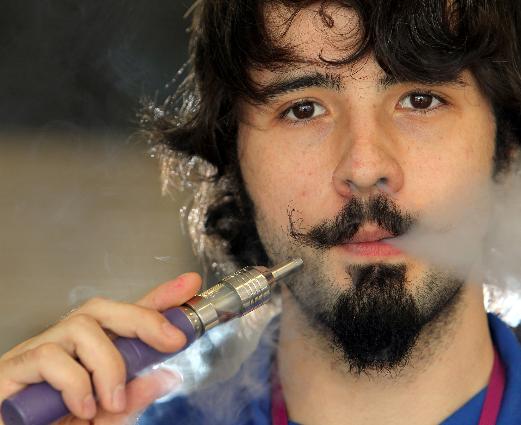Letter: Use all anti-tobacco strategies
By: Rep. Blair Thoreson, Fargo, N.D., INFORUM
Several weeks ago, a letter from Dr. Eric Johnson appeared in The Forum in which Johnson made inaccurate accusations regarding a resolution I introduced in the 2013 North Dakota Legislature aimed at reducing the risk of death and disease among smokers. By attempting to distort my motives and tie me to special-interest groups with which I have never had any affiliations, the letter’s author distracted from what should be a productive conversation.
Because smoking harms us all, the state ought to pursue an all-of-the-above strategy to reduce cigarette consumption. In addition to conventional anti-smoking measures, like messaging to youths and promoting smoking cessation, one strategy our state should consider is tobacco harm reduction, which seeks to minimize the damage tobacco does to users and society alike.
Tobacco harm reduction is a secondary strategy that could be used when traditional anti-smoking measures fail. It’s not in question that quitting is the single best thing smokers can do for both themselves and society, but despite our efforts to encourage quitting, thousands of smokers remain unable or unwilling to snuff out their addiction. Tobacco harm reduction targets these individuals by accepting that they will continue to use nicotine, and explores ways to reduce the costs and harmful effects of their nicotine usage.
One alternate product current smokers could turn to is the electronic cigarette, which delivers nicotine without the toxic carcinogens and doesn’t produce secondhand smoke. In fact, a study by the Boston University School of Public Health found that electronic cigarettes are significantly safer than conventional ones, with carcinogen levels 1,000 times lower. If smokers who refuse to quit entirely could be persuaded to switch to electronic cigarettes, North Dakota would pay less in smoking-related health costs, and our children would be at less risk of secondhand smoke exposure.
It may seem like an unconventional method of reducing risk, but studies have shown that smokeless tobacco carries significantly lower health risks than cigarettes. No one should mistake smokeless tobacco for a healthy product, but compared to smoking, it may be less deadly and a better choice.
National and state anti-smoking campaigns have been highly effective, as the smoking rate is half of what it was 50 years ago, and smoking among teenagers is at an all-time low. Yet there remains a persistent minority of nicotine users for whom our conventional outreach has failed. In efforts to promote public health, cut health care costs and reduce preventable deaths, we can’t afford to give up on messaging to these smokers.
It’s clear, however, that we need to think outside the box to reach them. Tobacco harm reduction, endorsed by the American Association of Public Health Physicians, won’t eliminate all the health risks created by persistent smokers, but it could lower their death rate and medical expenses, and take secondhand smoke out of the air.
Instead of making false claims, I believe it would be much more productive to work together and address the public health problems created by smoking on as many fronts as possible. The Legislature’s interim Health Services Committee recently launched a study of the overall effectiveness of North Dakota’s tobacco control programs, which gives us the opportunity to expand and improve our outreach. As we move forward with developing the next generation of public health strategies, tobacco harm reduction should at least be part of the conversation.
Thoreson, R-Fargo, is a small-business owner and represents District 44 in the North Dakota House.

